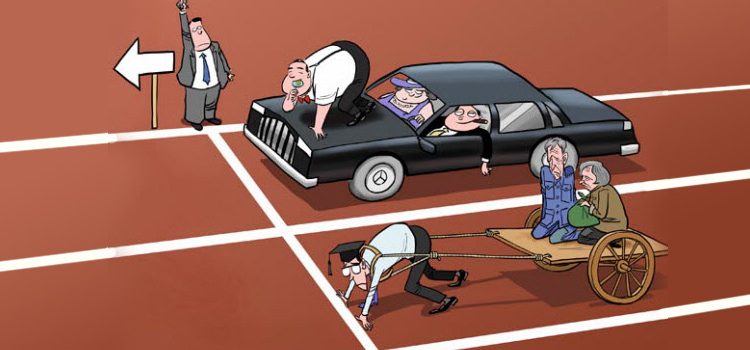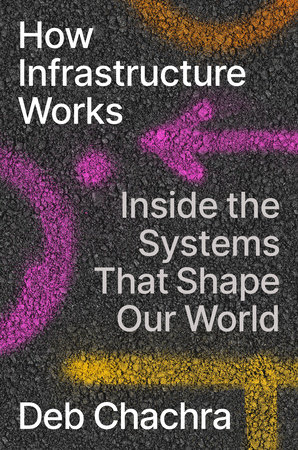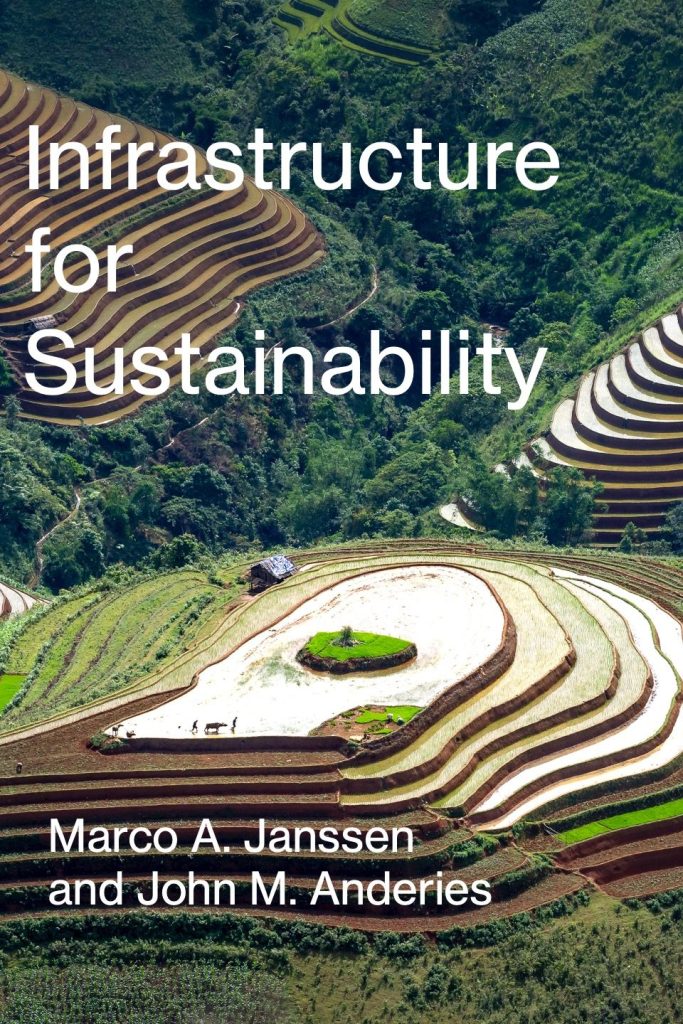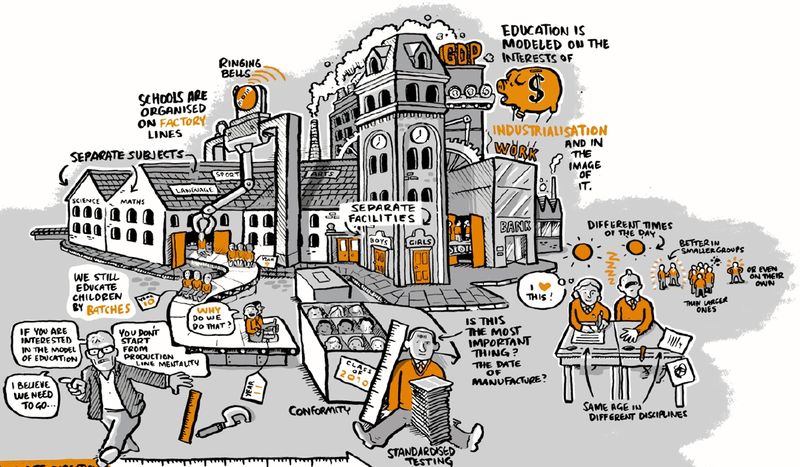When we think of infrastructure, we see the ‘hardware’ readily. Bridges, roads, power lines, airports, buildings and parking lots. The ‘wetware’ is also easy to see – watersheds, animals, oceans, and plants. The ‘software’ is much more difficult to see. Steve Jobs and Bill Gates purportedly once argued about what was more important: software or hardware. Gates said software, Jobs said hardware. Most would agree that Gates was probably correct. Software generates more value – yes Apple hardware is nice, but it is the software that runs on them, Facebook, Google, Instagram, Apple TV, etc. that is critical to adding value.
Consider the social software that allows individuals to pass wealth and privilege to their children, let’s call it dynastic technology. This involves rights (the if-then statements in computer code) that dictate how and what property may be acquired and what individuals may do with it (alienation, bequests). In addition to the formal rules (until recently, imposed by powerful actors, but in principle, agreed upon in modern nation states) relating to intergenerational transmission of privilege, there is an additional layer of software required for the ‘elite dynastic program’ to run: narratives that legitimize the formal rules – perhaps we can analogize with the base ‘operating system’ on which the institutional program runs. Put another way, everyone has to be convinced to accept the rules. In the case of aristocrats, the narrative was that they had a divine right to appropriate property (rule) and extract rents from it. Children of aristocrats inherit this privilege by birth. This set of rules generates incentives for the type of intrigues that make for great content for dramas on streaming services!
This operating system, aristocracy for shorthand, is no longer valid in many places – perhaps because the narrative of cosmic beings conferring legitimacy to aristocrats is no longer legitimate or there simply aren’t enough land assets remaining to support it. What technology has replaced it? Meritocracy. The meritocracy dynastic technology runs on a different set of rules. Instead of rationing scarce resources (land) by birth, it rations them based on some measure of ‘merit’. Daniel Markovitz in The Meriticocracy Trap points out that meritocracy is also based on a foundational myth: advantage should be earned through ability and effort. The problem with meritocracy lies in the rules (part of the meritocratic software) used to measure ‘merit’. While battles over birthright are fought with swords, merit is decided by competition on standardized tests and the compilation of a set of elite preparatory experiences. This competition is very costly, so only the rich can afford to wage it at the highest levels. Not only is it costly to the parents who must pay in cash, it is costly to the students who must pay in endless toil. Instead of being awarded with land and estates (natural and human-made infrastructure), beneficiaries of their parents’ bequests are awarded with elite human and social infrastructures.
The interesting thing from a CIS point of view is not the differences between aristocracy and meritocracy but, rather, their similarities. They both do the same thing: define access to a scarce resource (land or position in a hierarchy – it doesn’t matter what form it takes, you just need something to ‘occupy’ that others can’t), a competition to gain access (physical warfare, violence potential, or mental warfare), and a means to transfer it (differential access). Obviously, if success enables those with it to tilt the playing field in their favor to gain access to elite spots, a positive feedback is set up that can lead to entrenchment of inequality, regardless of the infrastructure system. One interesting differentiating feature between aristocracy and meritocracy dynastic technologies is the way rents are extracted from the capital assets that support them. Aristocrats had it easy – their land paid rents with little or no effort on their part. Meritocrats must work to valorize their human and social capital – and there is the trap: their human capital is so valuable that they work enormously hard to make it pay. I guess the moral of the story is that you have to consider the entire coupled infrastructure system you are in before you write the software, else you get caught in a trap!










